Introduction Event driven Architecture is a software design pattern where applications communicate and react to each other through the publication and consumption of events. Table of Contents 1. What is Event Driven Architecture? 2. What does the term "event" mean in EDA? 3. Benefits of Event-Driven Systems 4. Core Components of EDA 5. Event Types in Event-Driven Architecture (EDA) 6. Patterns in Event-Driven Architecture 7. Event Processing Techniques 8. Tools & Technologies in EDA 9. Challenges while Implementing EDA 10. Real World Example of Retail and E-Commerce for EDA 11. Conclusion What is Event Driven Architecture? Event-driven architecture (EDA) is a design pattern where services communicate with each other by producing and responding to events. Instead of directly calling one another, services emit events that trigger actions in other services. This decouples the services, allowing them to function independently and react in real-time to changes. EDA is commonly used in microservices-based applications, where it helps with scalability and flexibility. Events can represent actions like a user signing up, a payment being processed, or a new product being added. This approach enables better handling of complex, distributed systems by making them more resilient and easier to scale. What does the term "event" mean in EDA? In Event-Driven Architecture (EDA), an event is a message that signifies something has occurred in the system. It could be something like a user placing an order or a payment being processed. This event contains details about the change, such as the order ID, items, or payment status. The event is sent by an Event Producer to an Event Broker, which then routes it to interested Event Consumers. These consumers take action based on the event, such as updating inventory or sending a confirmation email. Events allow the system to respond to changes asynchronously, enabling better scalability and flexibility. Benefits of Event-Driven Systems 1. Loose Coupling: Services don’t directly call each other, reducing dependencies. This makes it easier to update, scale, or replace individual components without affecting the entire system. 2. Scalability: EDA supports scaling by allowing services to handle events independently. As demand grows, more consumers can be added to process events in parallel. 3. Flexibility and Agility: Changes to a service (such as adding new event types) can be made without disrupting other services, leading to faster development cycles. 4. Resilience: If one service fails, the system can continue processing other events. Events can also be stored and retried later, ensuring data isn’t lost. 5. Real-Time Processing: EDA is ideal for use cases that require real-time updates, such as notifications, order processing, or IoT data processing. 6. Improved Fault Tolerance: Services that are event-driven can handle failures better since they are loosely coupled and can work independently of each other. 7. Simplified Communication: The asynchronous nature of EDA means services don’t need to directly interact with each other’s APIs, reducing the complexity of synchronous communication protocols. Core Components of EDA Let's break down the key components that make EDA a powerful architecture for modern applications. 1. Event Producers Event producers are the services or components that generate events. These could be user actions, system activities, or external inputs. For example, when a user places an order on an e-commerce platform, an event like OrderPlaced is produced. Example: A service that generates a new UserCreated event when a user signs up. 2. Event Consumers Event consumers are services or components that listen for and process events. They react to events by executing specific actions. For example, a consumer might receive an OrderPlaced event and trigger an inventory update or send a confirmation email. Example: An email service that sends a welcome email after receiving the UserCreated event. 3. Event Brokers An event broker is the middleware responsible for routing and delivering events from producers to consumers. It acts as the communication hub in an EDA system, ensuring that events are transmitted asynchronously. Popular Brokers: Apache Kafka,RabbitMQ,AWS SNS/SQS 4. Events At the heart of EDA are events. Events are messages that convey information about something that has happened or changed in the system. These messages can be simple (e.g., a status code) or complex (e.g., a JSON object with order details). Example: An OrderPlaced event might include the order ID, user details, and the list of items purchased. 5. Event Channels Event channels are the pathways through which events flow from producers to consumers. These can be implemented as Pub/Sub (Publish-Subscribe) systems or event streams. Consumers subscribe to these channels to receive specific events they’re interest
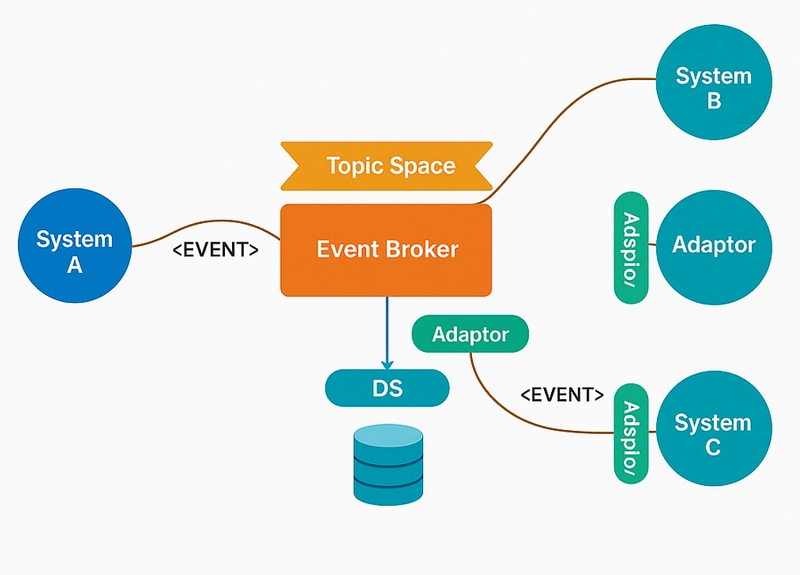
Introduction
Event driven Architecture is a software design pattern where applications communicate and react to each other through the publication and consumption of events.
Table of Contents
1. What is Event Driven Architecture?
2. What does the term "event" mean in EDA?
3. Benefits of Event-Driven Systems
4. Core Components of EDA
5. Event Types in Event-Driven Architecture (EDA)
6. Patterns in Event-Driven Architecture
7. Event Processing Techniques
8. Tools & Technologies in EDA
9. Challenges while Implementing EDA
10. Real World Example of Retail and E-Commerce for EDA
11. Conclusion
What is Event Driven Architecture?
Event-driven architecture (EDA) is a design pattern where services communicate with each other by producing and responding to events. Instead of directly calling one another, services emit events that trigger actions in other services. This decouples the services, allowing them to function independently and react in real-time to changes. EDA is commonly used in microservices-based applications, where it helps with scalability and flexibility. Events can represent actions like a user signing up, a payment being processed, or a new product being added. This approach enables better handling of complex, distributed systems by making them more resilient and easier to scale.
What does the term "event" mean in EDA?
In Event-Driven Architecture (EDA), an event is a message that signifies something has occurred in the system. It could be something like a user placing an order or a payment being processed. This event contains details about the change, such as the order ID, items, or payment status. The event is sent by an Event Producer to an Event Broker, which then routes it to interested Event Consumers. These consumers take action based on the event, such as updating inventory or sending a confirmation email. Events allow the system to respond to changes asynchronously, enabling better scalability and flexibility.
Benefits of Event-Driven Systems
1. Loose Coupling: Services don’t directly call each other, reducing dependencies. This makes it easier to update, scale, or replace individual components without affecting the entire system.
2. Scalability: EDA supports scaling by allowing services to handle events independently. As demand grows, more consumers can be added to process events in parallel.
3. Flexibility and Agility: Changes to a service (such as adding new event types) can be made without disrupting other services, leading to faster development cycles.
4. Resilience: If one service fails, the system can continue processing other events. Events can also be stored and retried later, ensuring data isn’t lost.
5. Real-Time Processing: EDA is ideal for use cases that require real-time updates, such as notifications, order processing, or IoT data processing.
6. Improved Fault Tolerance: Services that are event-driven can handle failures better since they are loosely coupled and can work independently of each other.
7. Simplified Communication: The asynchronous nature of EDA means services don’t need to directly interact with each other’s APIs, reducing the complexity of synchronous communication protocols.
Core Components of EDA
Let's break down the key components that make EDA a powerful architecture for modern applications.
1. Event Producers
Event producers are the services or components that generate events. These could be user actions, system activities, or external inputs. For example, when a user places an order on an e-commerce platform, an event like OrderPlaced is produced.
Example: A service that generates a new UserCreated event when a user signs up.
2. Event Consumers
Event consumers are services or components that listen for and process events. They react to events by executing specific actions. For example, a consumer might receive an OrderPlaced event and trigger an inventory update or send a confirmation email.
Example: An email service that sends a welcome email after receiving the UserCreated event.
3. Event Brokers
An event broker is the middleware responsible for routing and delivering events from producers to consumers. It acts as the communication hub in an EDA system, ensuring that events are transmitted asynchronously.
Popular Brokers: Apache Kafka,RabbitMQ,AWS SNS/SQS
4. Events
At the heart of EDA are events. Events are messages that convey information about something that has happened or changed in the system. These messages can be simple (e.g., a status code) or complex (e.g., a JSON object with order details).
Example: An OrderPlaced event might include the order ID, user details, and the list of items purchased.
5. Event Channels
Event channels are the pathways through which events flow from producers to consumers. These can be implemented as Pub/Sub (Publish-Subscribe) systems or event streams. Consumers subscribe to these channels to receive specific events they’re interested in.
Example: A consumer might subscribe to the OrderPlaced channel to process new orders.
Event Types in Event-Driven Architecture (EDA)
Domain Events: These events reflect significant changes or actions in your business domain. For example, an event like OrderPlaced indicates that a user has successfully placed an order.
Integration Events: These are events that are designed to trigger actions in other systems or services. For instance, UserCreated might be an event used to update the customer relationship management (CRM) system.
External Events: Events that originate outside the system, like a payment confirmation from a third-party service. For example, PaymentConfirmed from a payment processor.
System Events: These events represent system-specific information, often related to the state of the system. Examples include ServiceStarted or ResourceFailed.
Notification Events: These events serve the purpose of notifying consumers about something that happened, such as OrderShipped or UserLoggedIn.
Patterns in Event-Driven Architecture
Publish-Subscribe (Pub/Sub): Producers publish events to a topic, and consumers subscribe to these topics to receive events. This pattern is ideal for scenarios where multiple consumers need to process the same event.
Event Sourcing: In this pattern, the state of an application is determined by a series of events that were applied over time. Instead of storing the current state directly, you store all events, and the system rebuilds the state by replaying them.
CQRS (Command Query Responsibility Segregation): This pattern splits the system into two parts: one for handling commands (writes) and another for handling queries (reads). It’s commonly used alongside event sourcing to manage complex systems where the read and write models differ.
Event Processing Techniques
Real-Time Processing: Events are processed as soon as they are emitted, enabling immediate reactions. For example, in an e-commerce system, an OrderPlaced event could trigger an inventory update right away.
Event Replay: Events can be replayed in case of system failures or to rebuild state, particularly in event sourcing systems. For example, if an event consumer crashes, you can replay the missed events to ensure data consistency.
Eventual Consistency: In an EDA system, components are not always immediately consistent but will converge to consistency over time. This approach is typical in distributed systems where strong consistency is not practical.
Tools & Technologies in EDA
1. Event Brokers:
Apache Kafka: A high-throughput distributed event streaming platform that’s ideal for handling large volumes of events.
RabbitMQ: A message broker that supports asynchronous communication between components.
AWS SNS/SQS: Cloud-based services for sending and receiving events across distributed systems.
2. Stream Processing:
Apache Flink and Apache Storm: Frameworks for processing streams of events in real-time.
3. Event Stores:
EventStoreDB: A database specifically designed to store events, often used with event sourcing.
4. Microservices Frameworks:
Spring Cloud Stream: A framework that simplifies event-driven microservice architectures using different messaging systems.
Challenges while Implementing EDA
1. Complexity: Managing events across multiple services can lead to a more complex system, especially when dealing with event routing, error handling, and event replay.
2. Eventual Consistency: EDA systems often follow eventual consistency, meaning services may temporarily be in inconsistent states. Handling this can be tricky, especially in critical systems.
3. Error Handling: Ensuring that events are processed correctly and handling failures, retries, and dead-letter queues can add complexity to the system.
4. Monitoring and Debugging: Since events can be asynchronous and flow across multiple services, it can be difficult to trace and debug issues, requiring specialized monitoring tools.
Real World example of Retail and eCommerce for EDA
In retail and e-commerce, Event-Driven Architecture (EDA) helps different systems communicate without constantly checking for updates. Instead of services polling for new information, they react to events in real-time as they happen. For example, when a customer places an order, an OrderPlaced event is created and sent to the relevant services like Inventory, Payment, and Shipping. Each service listens for the events it cares about and responds immediately—updating stock, processing payments, and preparing shipments.
This system allows for real-time actions without services having to ask for updates. For instance, once the payment is processed, a PaymentProcessed event triggers the Inventory Service to update stock and the Shipping Service to begin packaging. Similarly, when the order is shipped, a ShipmentCreated event sends a notification to the Email Service, which emails the customer with shipping details.
The key benefit of EDA in e-commerce is that it makes the system more efficient and faster, since everything happens automatically when the event occurs. It also allows the system to scale easily, as each service only responds to events it is interested in, without interfering with others. Overall, EDA helps create a smoother, more responsive experience for customers and businesses alike.
Conclusion
Event-Driven Architecture offers a scalable, flexible approach for handling communication between decoupled services. By using events to trigger actions, systems can react in real-time, improve responsiveness, and maintain high availability. However, managing events at scale comes with challenges like ensuring consistency, handling errors, and simplifying debugging. Despite these challenges, the benefits make EDA a valuable choice for modern distributed systems, especially in use cases like microservices, IoT, and real-time data processing.
Venkat Teja
Cloud/DevOps Engineer





























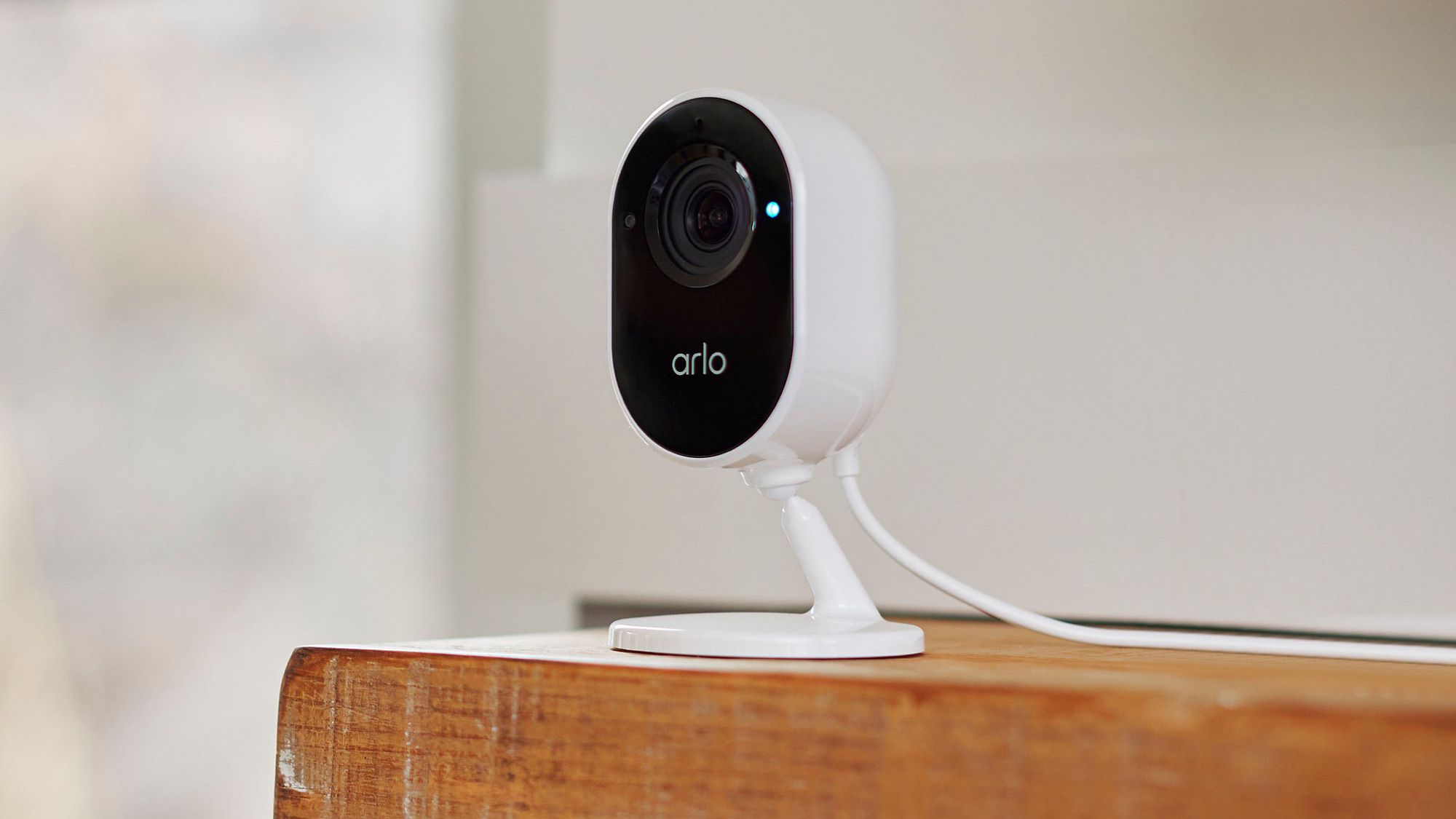























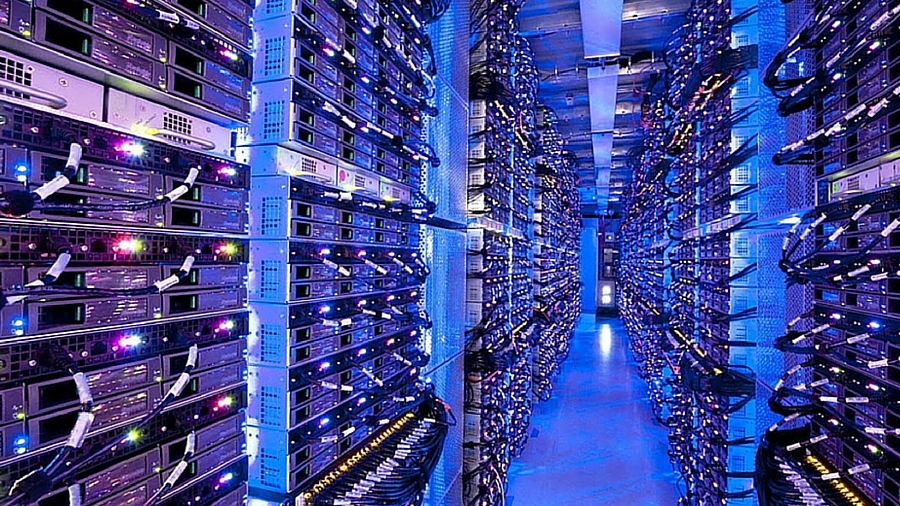













![Apple to Shift Robotics Unit From AI Division to Hardware Engineering [Report]](https://www.iclarified.com/images/news/97128/97128/97128-640.jpg)
![Apple Shares New Ad for iPhone 16: 'Trust Issues' [Video]](https://www.iclarified.com/images/news/97125/97125/97125-640.jpg)




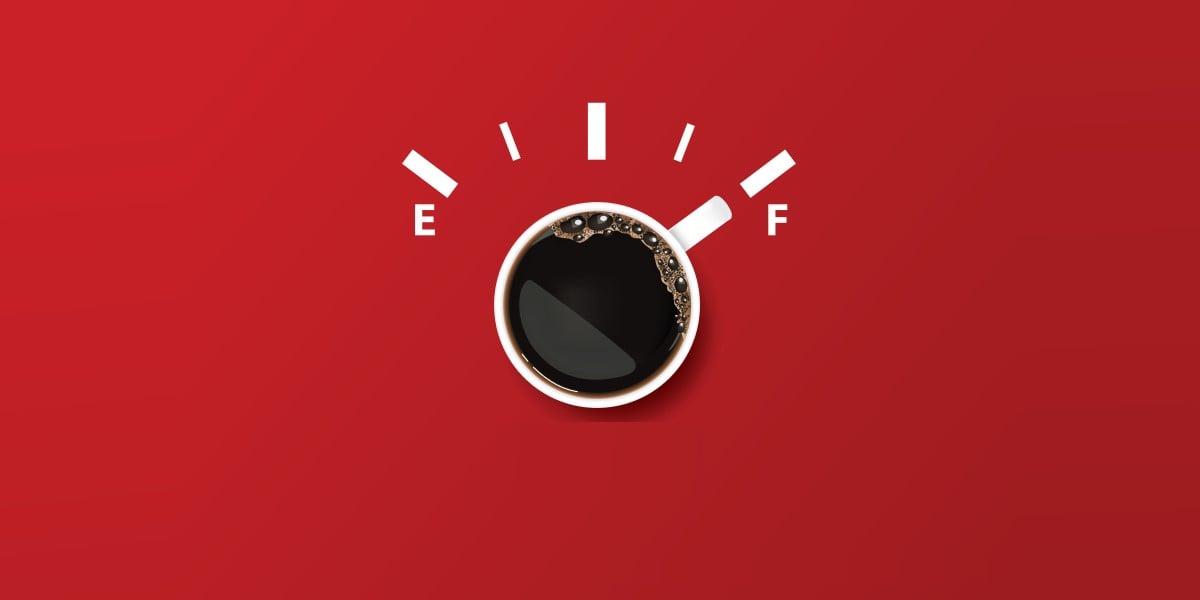














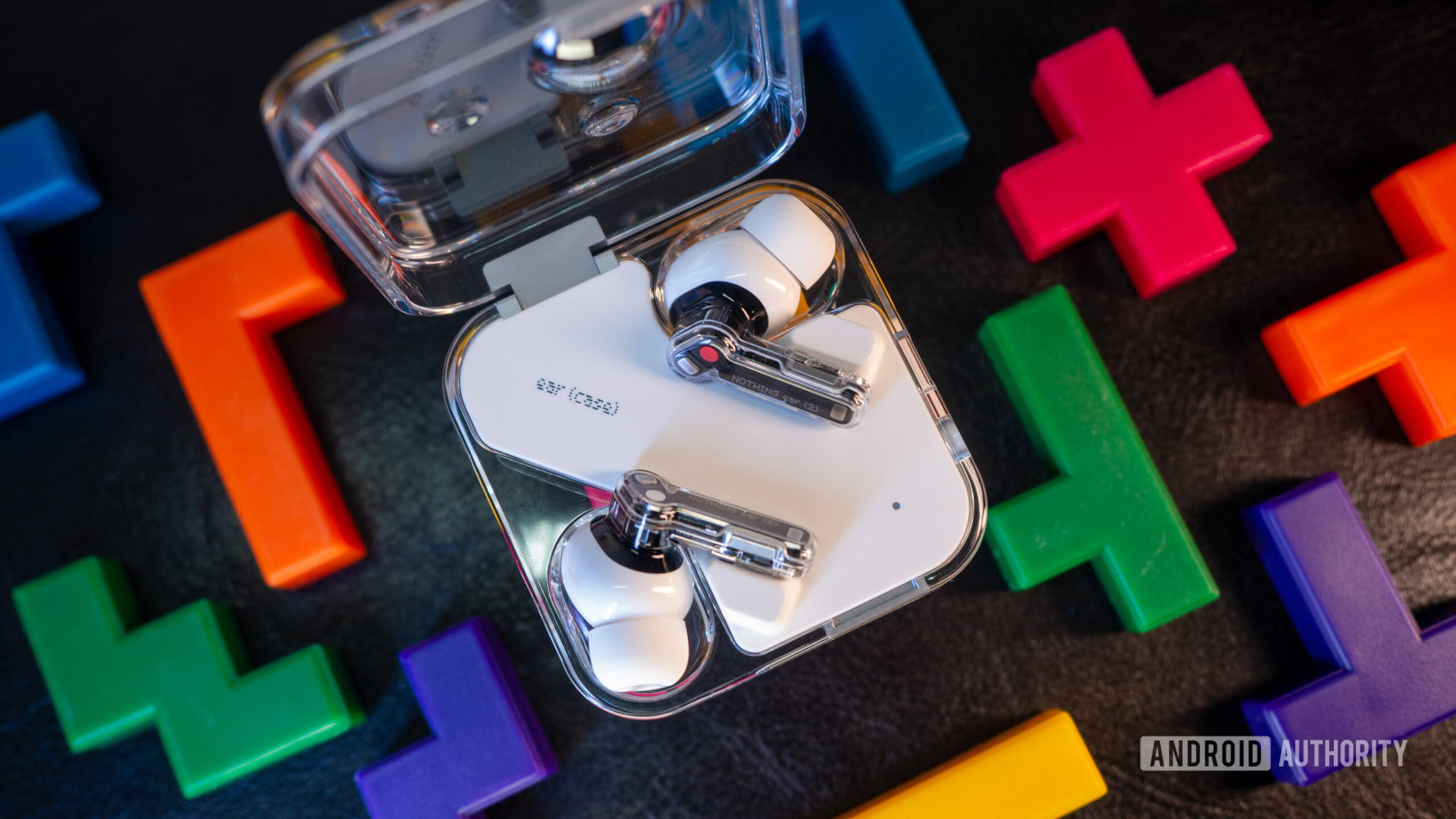


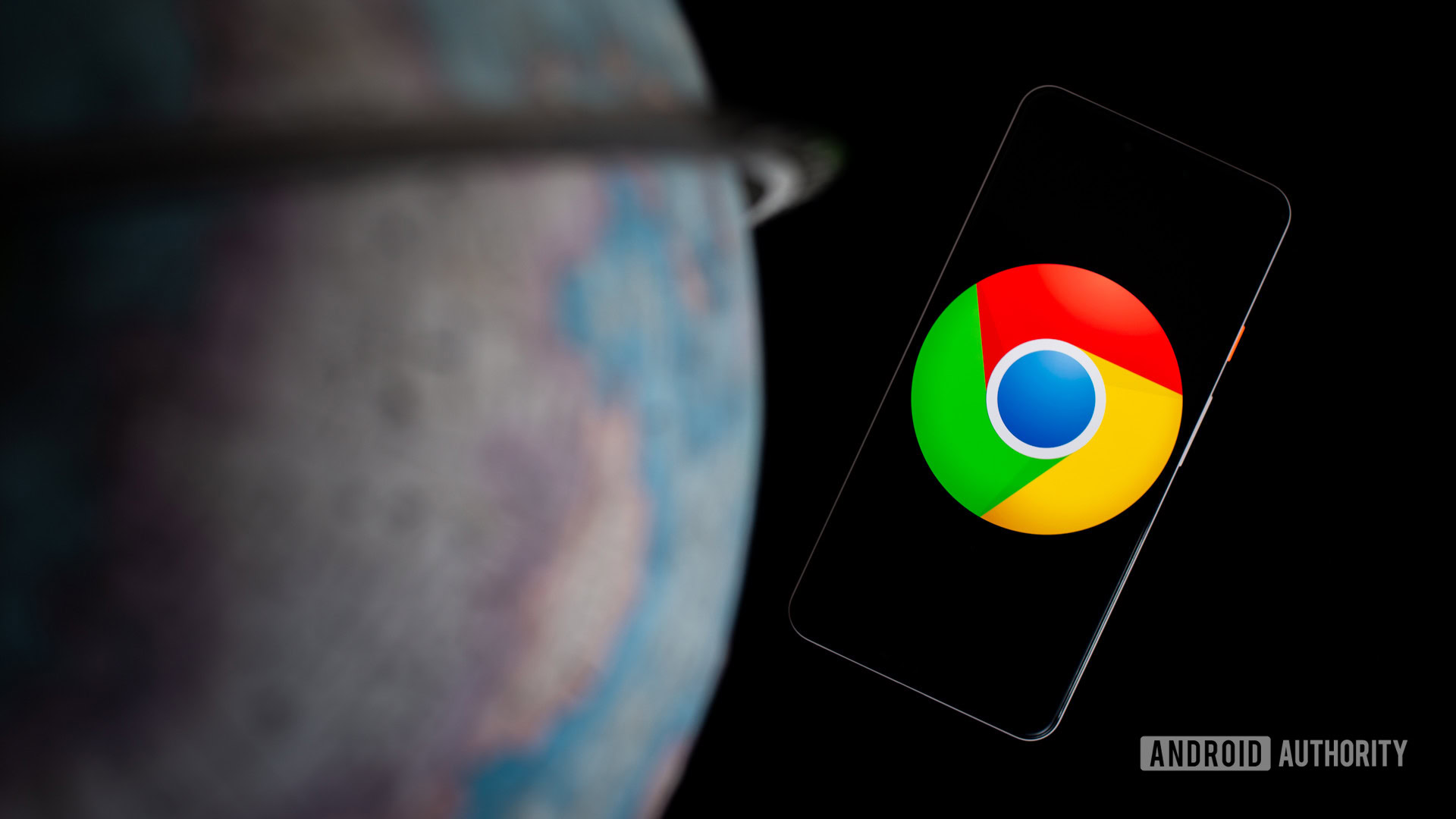
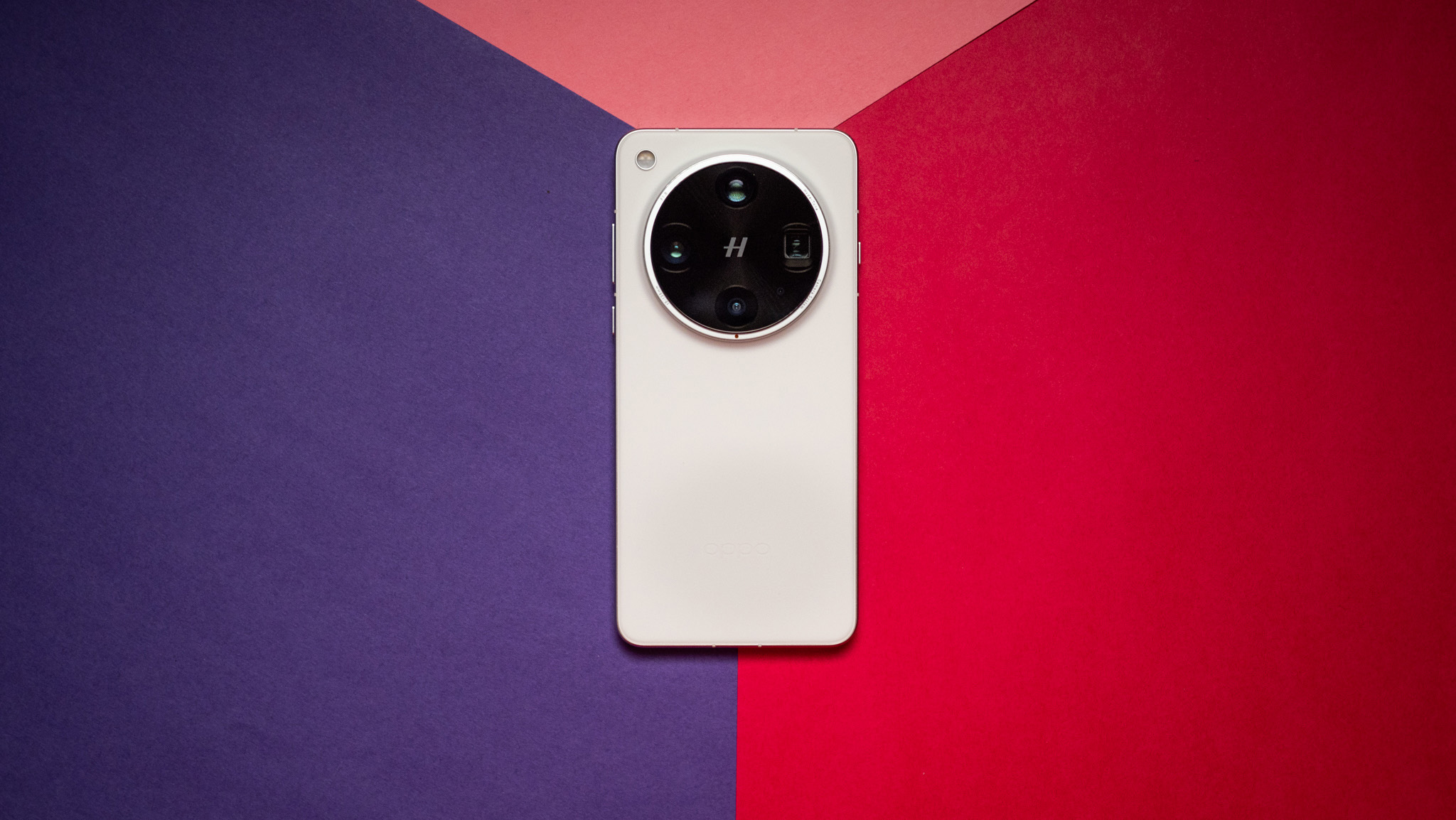



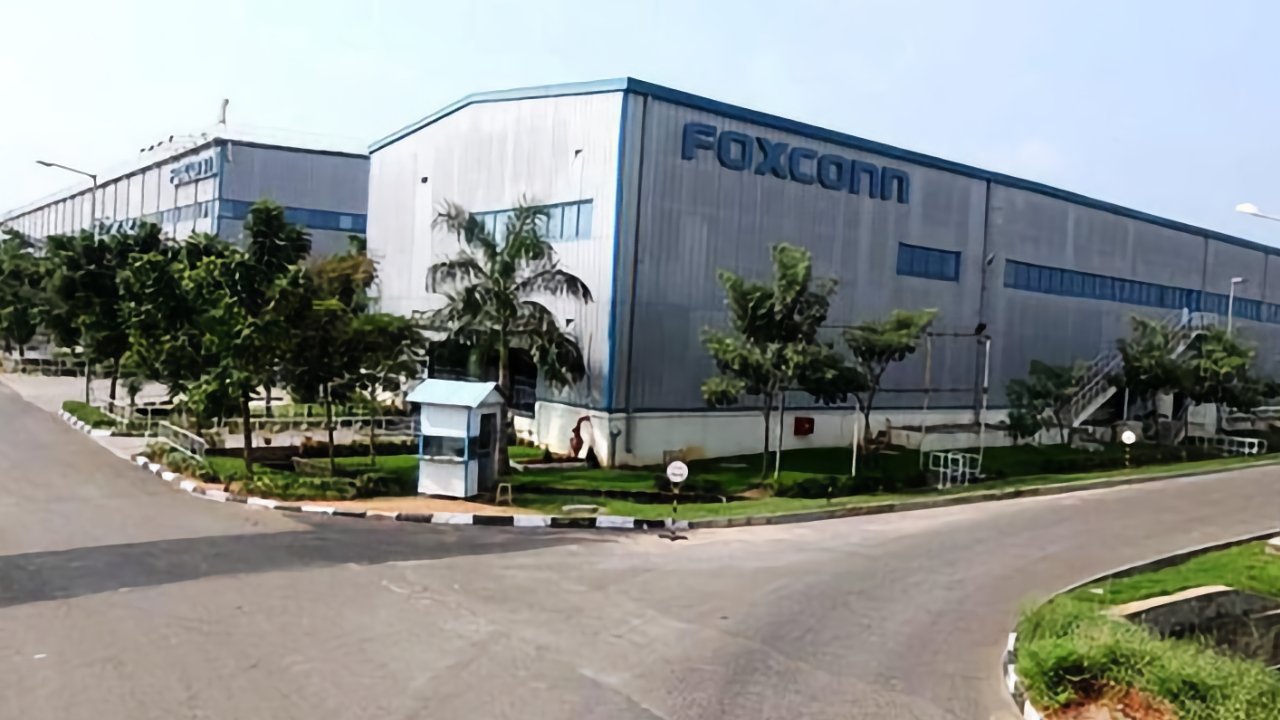










































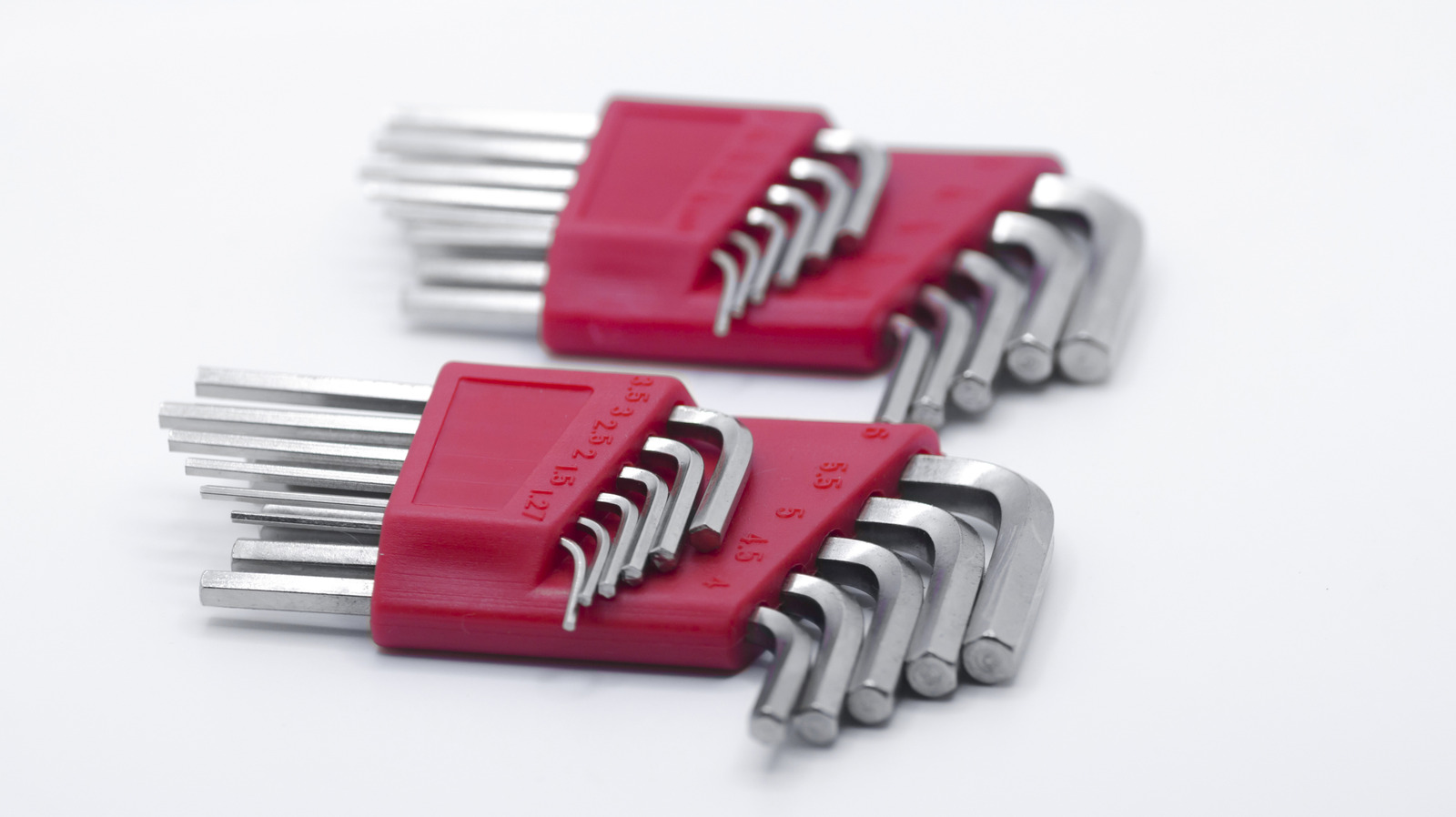






















































































































![[The AI Show Episode 144]: ChatGPT’s New Memory, Shopify CEO’s Leaked “AI First” Memo, Google Cloud Next Releases, o3 and o4-mini Coming Soon & Llama 4’s Rocky Launch](https://www.marketingaiinstitute.com/hubfs/ep%20144%20cover.png)































































































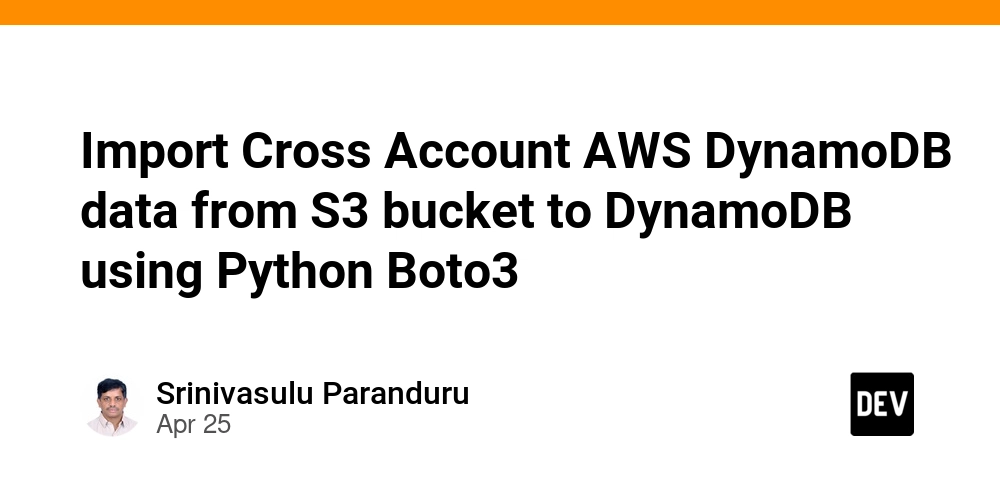
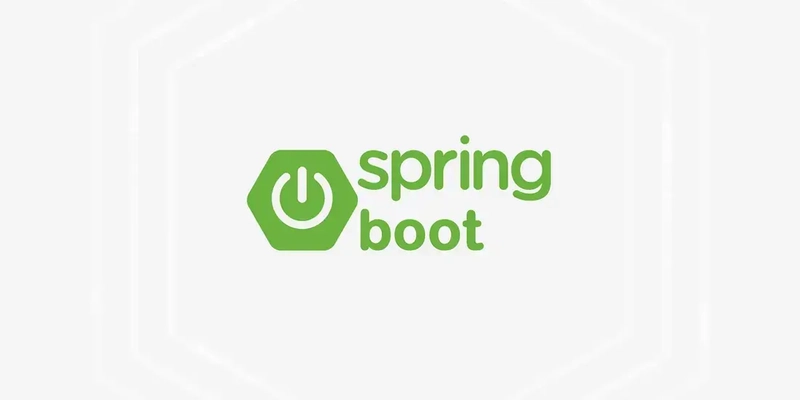














































































.jpg?#)























































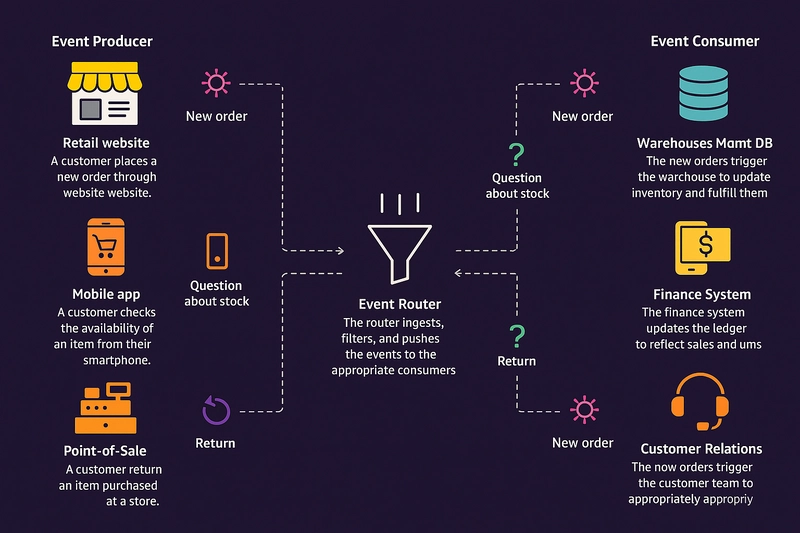
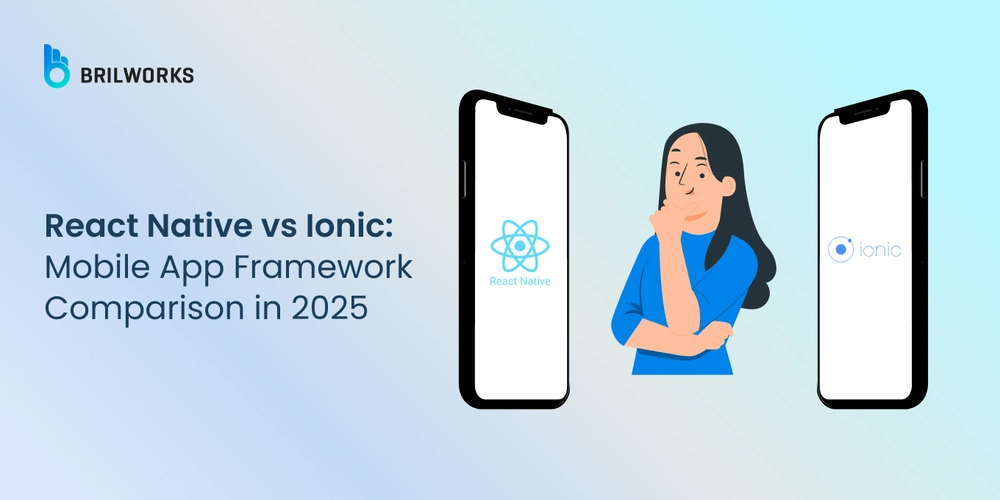

![[iRIC] [New Feature] How to Use Project-Specific Default Colormap Settings](https://media2.dev.to/dynamic/image/width=800%2Cheight=%2Cfit=scale-down%2Cgravity=auto%2Cformat=auto/https%3A%2F%2Fdev-to-uploads.s3.amazonaws.com%2Fuploads%2Farticles%2Fw9og26wl0hp90rm1vo4p.png)



